Day 35 - Mastering ConfigMaps and Secrets in Kubernetes! 🔒🔑🛡️🚀
 Nilkanth Mistry
Nilkanth Mistry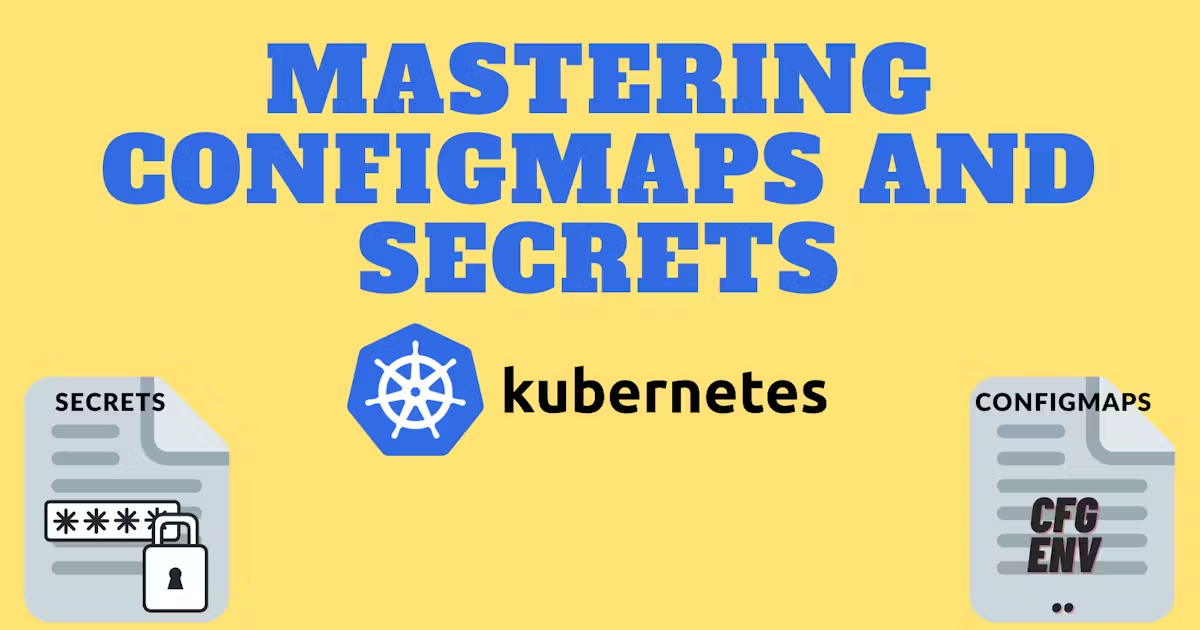
👏🎉 Yay! Yesterday we conquered Namespaces and Services! 💪💻🔗
What are ConfigMaps and Secrets in Kubernetes?
In Kubernetes, ConfigMaps and Secrets are crucial for storing configuration data and sensitive information, respectively. ConfigMaps hold configuration data as key-value pairs, while Secrets store encrypted data.🗝️🔒
In Kubernetes, ConfigMaps and Secrets are like treasure chests 📦 for your application's configuration and sensitive data.

🔧 ConfigMaps hold configuration data as simple key-value pairs, like a neatly organized toolbox 🧰. They help your application access settings and parameters without hassle.
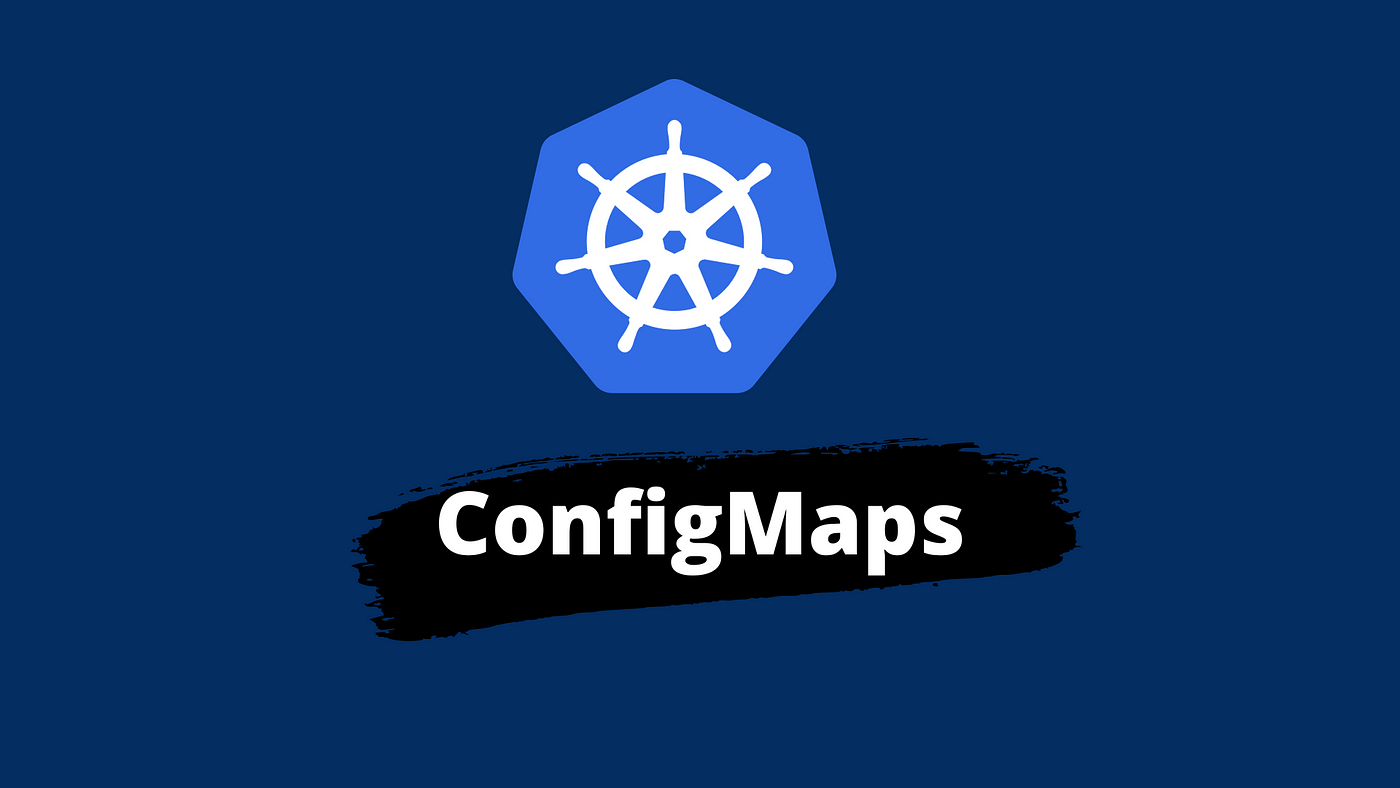
🔒 Secrets, on the other hand, are like locked safes 🗝️, storing sensitive information such as passwords, API tokens, or certificates. They keep this data secure by encrypting it, ensuring only authorized access.
Think of ConfigMaps as the map 🗺️ guiding your application through its settings and Secrets as the hidden treasures 🏴☠️ safeguarded from prying eyes. Together, they empower your application to function smoothly while keeping its secrets safe! 🚀
Example: Imagine overseeing a spaceship (Kubernetes cluster) with various components (containers) requiring information to function. ConfigMaps act like a file cabinet, organizing information each component needs in labeled folders (key-value pairs). Meanwhile, Secrets are akin to a safe, safeguarding sensitive data (encrypted data) from unauthorized access. By leveraging ConfigMaps and Secrets, each component receives necessary information while keeping sensitive data secure! 🚀
Read more about ConfigMap & Secret.
Today's tasks: 📋👩💻
Task 1: Create a ConfigMap for your Deployment:
📝 Create a ConfigMap for your Deployment using a file or command line.
🔄 Update the deployment.yml file to include the ConfigMap.
kind: ConfigMap apiVersion: v1 metadata: name: mysql-config labels: app: todo data: MYSQL_DB: "todo-db"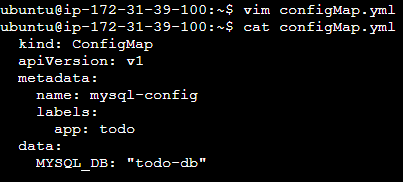
✅ Apply the updated deployment using the command: kubectl apply -f deployment.yml -n <namespace-name>.
🔍 Verify the ConfigMap's creation by checking the status in your Namespace
kubectl apply -f configMap.yml

kubectl get configmap

Task 2: Create a Secret for your Deployment:
🗝️ Create a Secret for your Deployment using a file or command line.
🔄 Update the deployment.yml file to include the Secret.
apiVersion: v1
kind: Secret
metadata:
name: mysql-secret
type: Opaque
data:
password: dHJhaW53aXRoc2h1YmhhbQ==
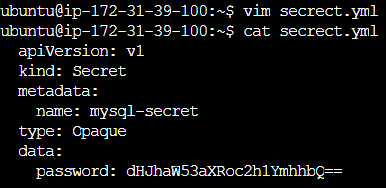
# To Decode Base64 key
echo "dHJhaW53aXRoc2h1YmhhbQ==" | base64 --decode
# To Encode Base64 key
echo "test@123" | base64

- ✅ Apply the updated deployment using the command: kubectl apply -f deployment.yml -n <namespace-name>.
apiVersion: apps/v1
kind: Deployment
metadata:
name: mysql
labels:
app: mysql
spec:
replicas: 1
selector:
matchLabels:
app: mysql
template:
metadata:
labels:
app: mysql
spec:
containers:
- name: mysql
image: mysql:8
ports:
- containerPort: 3306
env:
- name: MYSQL_ROOT_PASSWORD
valueFrom:
secretKeyRef:
name: mysql-secret
key: password
- name: MYSQL_DATABASE
valueFrom:
configMapKeyRef:
name: mysql-config
key: MYSQL_DB
kubectl apply -f deployment.yml

- 🔍 Verify the Secret's creation by checking the status in your Namespace.
kubectl apply -f secret.yml

kubectl get secrets

kubectl get pods

apiVersion: v1
kind: Service
metadata:
name: mysql-service
spec:
ports:
- name: mysql
port: 3306
clusterIP: None
selector:
app: mysql
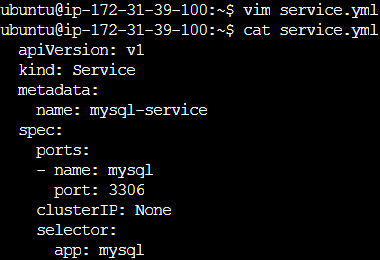
Now apply for the service, so that the pod is exposed.
kubectl apply -f service.yml

Now on the Worker Node install the MySQL client on it.
sudo apt install mysql-client-core-8.0
Install MySQL: If MySQL is not installed on your system, you'll need to install it. You can do this on Ubuntu using the following command:
sudo apt update sudo apt install mysql-serverStart MySQL Service: After installing MySQL, the service should start automatically. If not, you can start it manually:
sudo systemctl start mysqlEnable MySQL Service: You can also enable MySQL to start on boot:
sudo systemctl enable mysqlCheck MySQL Service Status: Once MySQL is installed and started, you can verify its status:
sudo systemctl status mysqlVerify MySQL Socket: After starting MySQL, ensure that the MySQL socket file is created in the
/var/run/mysqlddirectory. If not, you may need to check the MySQL configuration file (/etc/mysql/mysql.conf.d/mysqld.cnf) and adjust thesocketparameter.Connect to MySQL: Once MySQL is running and the socket file is created, you can try connecting to MySQL again using the
mysqlcommand:mysql -u root -p
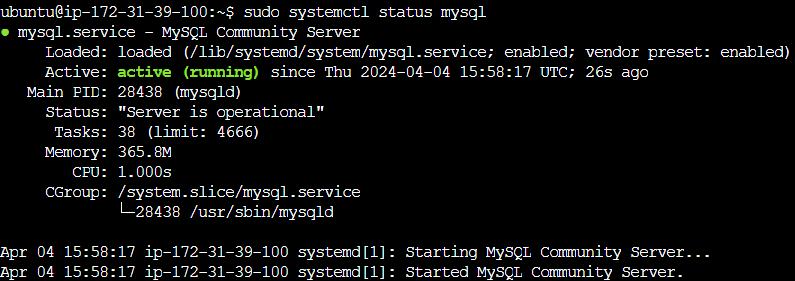
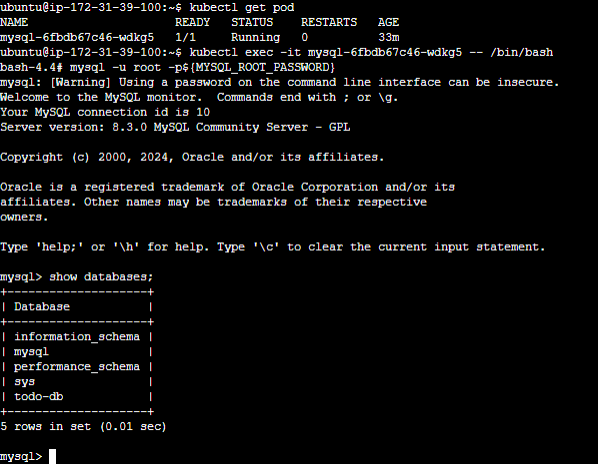
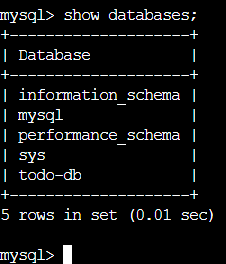
Keep learning and expanding your knowledge of Kubernetes! 💥🙌 #DevOps #Kubernetes #LearningJourney 🚀🔍
Subscribe to my newsletter
Read articles from Nilkanth Mistry directly inside your inbox. Subscribe to the newsletter, and don't miss out.
Written by

Nilkanth Mistry
Nilkanth Mistry
Embark on a 90-day DevOps journey with me as we tackle challenges, unravel complexities, and conquer the world of seamless software delivery. Join my Hashnode blog series where we'll explore hands-on DevOps scenarios, troubleshooting real-world issues, and mastering the art of efficient deployment. Let's embrace the challenges and elevate our DevOps expertise together! #DevOpsChallenges #HandsOnLearning #ContinuousImprovement